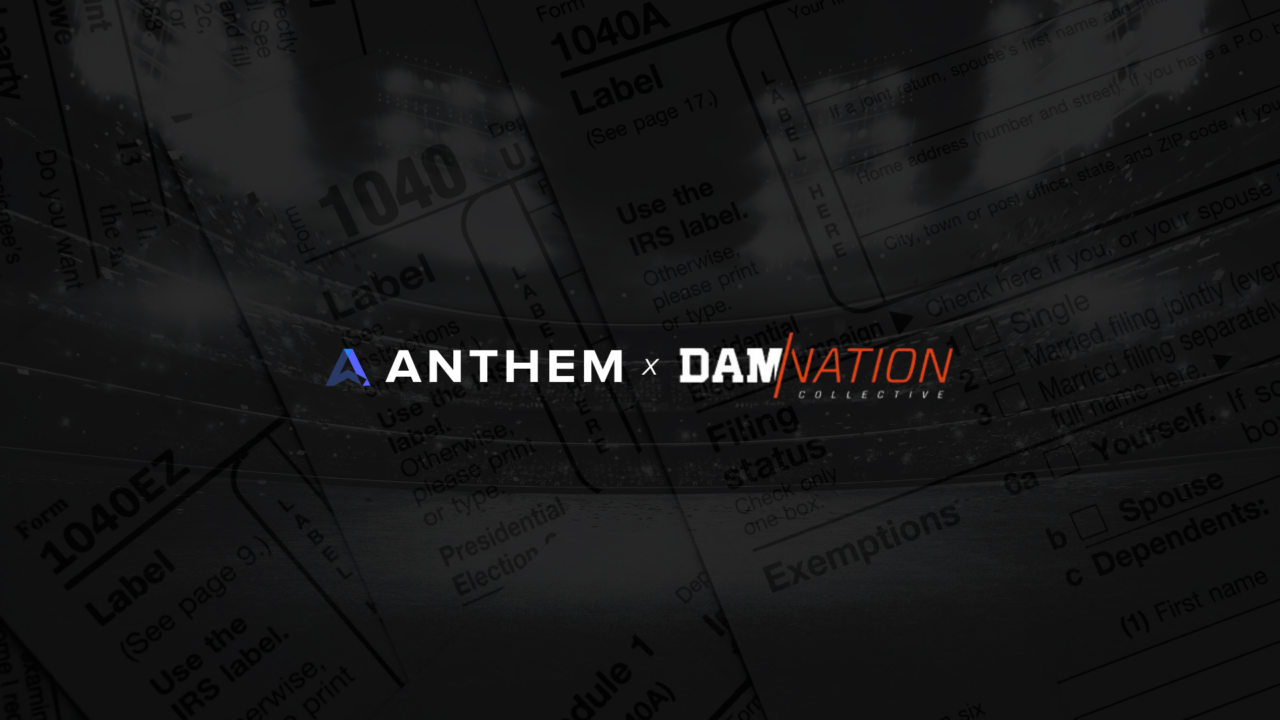A version of this article previously appeared in Vineyard & Winery Management Magazine.
As the tax rates on top earners continue to rise, many winery and vineyard owners are looking for new ways to reduce what they’re required to pay in taxes.
The good news is there are many tax planning opportunities for wine businesses at the state and federal levels, and if you’re willing to invest some time into researching and implementing them, you can significantly reduce your overall exposure. Let’s look at a few of the ways wineries and vineyards can reduce what they owe, both early on and as they continue to grow.
Entity Structure Planning
Good structuring is critical whether you’re starting a wine business from scratch or purchasing an existing business—not only from a tax perspective but also from a legal and business perspective. The entity type you choose depends heavily on your long-term goals for the business, and each comes with pros and cons.
On the tax side, C corporation structures are less common due to the double taxation that occurs. Limited liability companies (LLCs) have traditionally been the most popular vehicle, but S corporations are gaining ground as a result of the Affordable Care Act. Unlike an LLC, the flow-through income from an S corporation to an active shareholder isn’t considered self-employment income; as a result, it isn’t subject to self-employment tax or the additional 0.9 percent Medicare tax that went into effect in 2013.
On the other hand, LLCs can provide more flexibility to allocate losses to those members that funded the business, allowing them to use those allocated losses to offset their other taxable income. This can be a great planning tool at the inception of a vineyard or winery business, since in its first five years it may generate only losses as its vineyards come into production and its wine is aged.
As an example, take a winery owned by two partners, and say partner A has contributed 100 percent of the capital. If the winery is an LLC and the operating agreement is structured accordingly, all its losses can be allocated to partner A. Alternatively, if the winery is an S corporation, its losses are allocated according to the number of shares owned by each shareholder, regardless of who funded the business. So if the two are equal owners, shareholder B will be allocated 50 percent of the losses, and those losses would be deductible only to the extent the shareholder has basis.
Above all, consider your end goals: Do you plan to transition your wine business to a second or third generation? Or do you plan to grow it and sell it in a few years? Estate planning may be simpler with an LLC, but another entity type may be better suited to an outside sale or the transfer of an existing license. Spend time with your attorney and CPA well in advance of formation to determine which structure works best for your long-range plans and tax exposure.
Accounting Methods
At the most fundamental level of tax planning, your overall accounting method—cash or accrual—is important.
Vineyards, as farming operations, are generally permitted to use the cash method regardless of size if the activity is held by a sole proprietor or through a flow-through entity. This assumes the vineyard activity doesn’t meet the tax shelter rules defined in Internal Revenue Code Section 448. The most common situation that would prohibit a vineyard from using the cash method is when more than 35 percent of the losses from the activity are allocated to “limited partners” or “limited entrepreneurs.” Additionally, if a vineyard is held within a C corporation, certain revenue thresholds could preclude the vineyard from using the cash method. The standard threshold for C corporations is $1 million; a higher $25 million threshold applies if the entity qualifies as a family corporation.
Wineries generally must use the accrual method due to the creation of inventory, although there’s a small-taxpayer exception that allows some to use the cash method. To meet this requirement, the winery’s average annual gross receipts for the prior three tax years must be less than $1 million. If a winery can meet the small-taxpayer exception, it may want to consider using the cash method as well as accounting for inventories in accordance with Revenue Procedure 2001-10. This allows a winery to treat as inventory only raw materials (grapes, glass, corks, purchased bulk wine, etc.). All other costs, such as labor and custom crush fees, are expensed as they’re paid.
The cash and accrual methods each have their benefits (depending again on your long-term goals), but cash is generally favored. From a vineyard perspective, your ability to use the cash method provides you the option to either capitalize or expense preproductive costs on your vineyard. These are the costs incurred from the time you plant a new vine until you’re able to harvest a commercially viable crop (typically three crop years). The cash method allows these costs to be deducted in the year they’re paid, reducing your taxable income right away. One downside is that you’re required to use slower depreciation methods and longer recovery periods under the alternative depreciation system. Second, once you’ve elected to expense your preproductive costs, the election applies to all future vineyard and permanent crop development activities in which you incur preproductive costs, regardless of the entity that holds it. Under the accrual method, these costs must be capitalized (similar to generally accepted accounting principles), which provides no immediate benefit but permits faster depreciation methods and shorter recovery periods.
If you have a combined vineyard and winery operation in a single entity and the vineyard is eligible to use the cash method, then you have some additional tax planning opportunities to consider. The first is the ability to deduct all estate-farming costs in the year paid rather than capitalizing them as a component of inventory. Estate-farming expenses aren’t deducted until the inventory is ultimately sold. Depending on the time frame in which a taxpayer ages and ultimately sells its inventory, deducting these costs up front could accelerate the deduction by one to four or more years.
If you’ve examined your overall accounting method and determined the other would be more advantageous, you aren’t out of luck: You can choose to change your accounting method by filing Form 3115 with the IRS. Various requirements apply depending on the type of change, so work with your CPA to determine whether a change is feasible and what you need to do to execute it.
Farm Income Averaging
Qualifying taxpayers may elect to have their current-year farming income (in whole or in part) spread evenly over the prior three tax years. This can mitigate the tax impact of higher-earning years, ideally keeping taxpayers out of the top tax bracket in the current year. This is especially helpful now that top individual tax rates are higher than they’ve been in the past.
Farm income averaging can be challenging for taxpayers with multiple activities—for example, a combined winery and vineyard operation. To take advantage of this strategy, you need to be able to determine the exact amount of income that’s attributable to farming and therefore eligible for averaging.
IC-DISCs
As the international markets for US-produced wines continue to grow, many wineries have expanded their sales overseas. If you export your products, you may benefit from forming an IC-DISC—that is, an interest-charge domestic international sales corporation—which yields permanent tax savings on export income.
IC-DISCs are paper organizations that aren’t taxed at the federal level. They have neither employees nor offices; rather, they exist solely to collect a sales commission from the exporting business. Once they’ve collected this commission on the exporter’s international sales, they distribute the income back to their shareholders (generally the same individuals or entities that own the exporter) in the form of qualified dividends. Because qualified dividends are taxed at a lower rate than ordinary income, IC-DISCs yield a tax rate reduction of approximately 16 percent at the top bracket.
Forming and maintaining an IC-DISC does involve additional paperwork and the involvement of attorneys and other advisors, so you’ll need to put some advance planning into this strategy if you think your business could benefit from it.
State Tax Considerations
At the state level, there are still more tax planning opportunities available to wineries and vineyards that know where to look.
California offers a partial sales and use tax exemption on the purchase of equipment used in manufacturing, which includes wineries’ crushers, fermentation tanks, bottle washers, laboratory testing equipment, and more. It reduces the tax rate on these purchases to approximately 3.3 percent compared with the state’s standard 7.5 percent rate. So if you spend $200,000 on qualified equipment, you’ll see a tax savings of $8,400 using the partial exemption. California also permits faster depreciation (five years instead of 10) on vines replaced due to Phylloxera (after 1991) or Pierce’s disease (after 1996).
On the other side of the coin, states have become increasingly aggressive—and creative—about how they tax wine businesses. Solicitation of sales, for example, is generally shielded from state income tax under Public Law 86-272, but states have created franchise taxes, margin taxes, and gross receipts taxes that work around this law.
To plan properly for these state taxes, you need to understand what activities may be taxable in each state where you have operations, then work with a CPA to reduce what you owe. On the planning side, understand what you’re getting into from a tax perspective before you commence operations in a new state, especially if your tax liability could tip the balance one way or another. Note that filing in another state isn’t necessarily a negative because California is such a high-taxing jurisdiction. In some situations, it may make sense to create a filing obligation in another state, pulling the income out of California and potentially reducing your overall tax liability.




